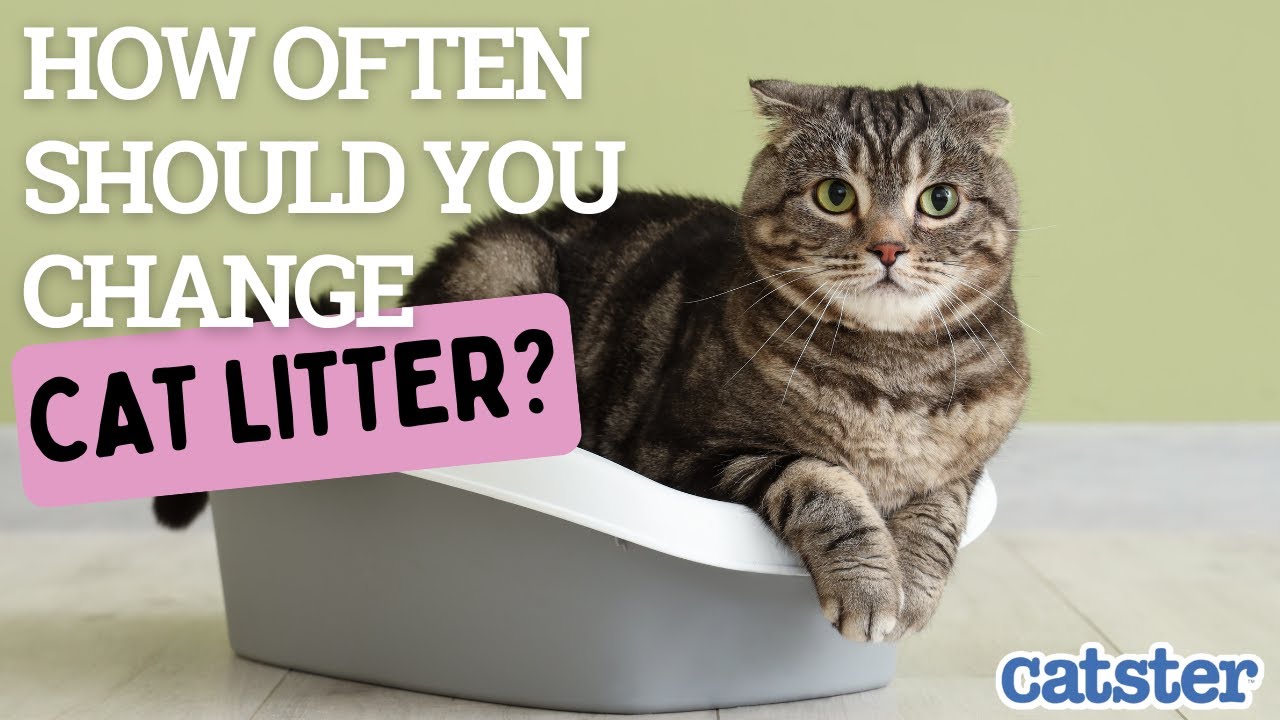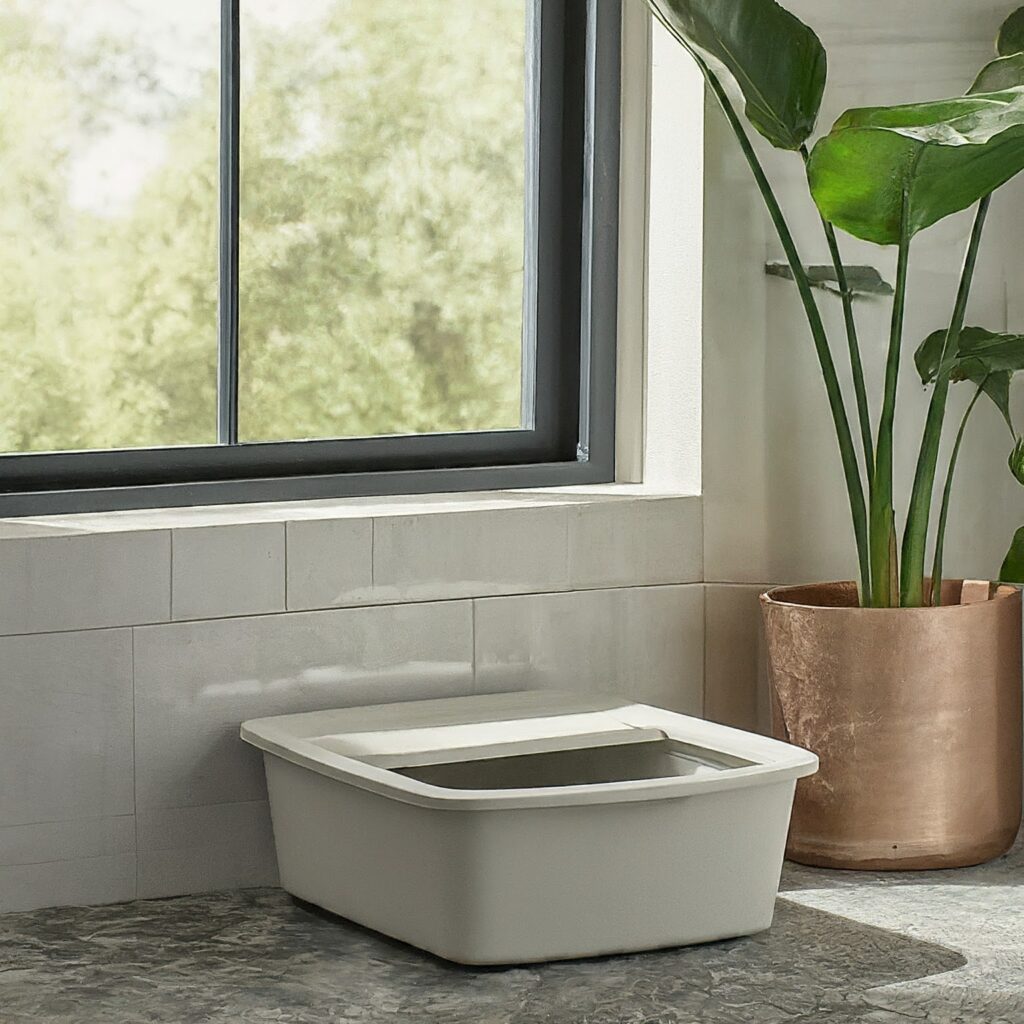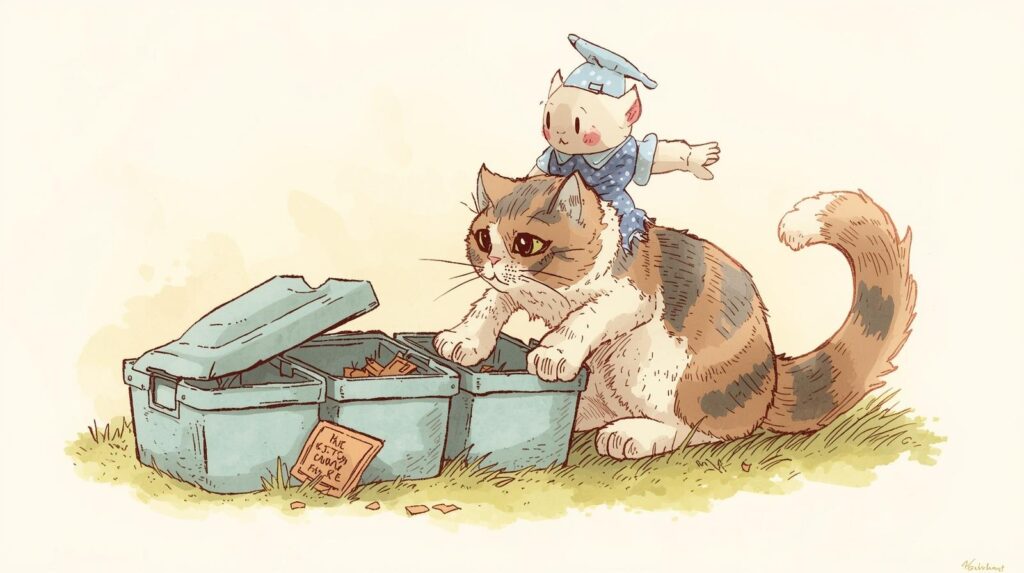
Are you unknowingly putting your cat’s health at risk? If you’re wondering how often to change cat litter, the quick answer is: Scoop solids daily and completely change the litter every 1 to 4 weeks, depending on the type of litter you use. But it’s not just about timing. A dirty litter box can cause strong odours, dangerous bacteria, and even make your cat stop using the box altogether. Let’s uncover the truth so you know exactly how often to change cat litter the right way—and avoid the top mistakes most cat parents make.
Before you go more useful tips for you:
- Stick to a routine. Set reminders to scoop and change litter.
- Watch your cat’s behaviour. Visit the vet if unusual behaviour continues.
- Use the right depth. Too little = clumps stick to the box; too much = wasted litter.
Table of Contents
1. Why Knowing How Often to Change Cat Litter Matters
A dirty litter box isn’t just smelly—it can seriously impact your cat’s well-being.
Cats are clean animals. If their litter box is dirty, they might avoid using it, leading to accidents and health problems.
Risks of not changing litter on time:
- Bacterial buildup: Creates a breeding ground for harmful microbes.
- Ammonia fumes: Can irritate your cat’s lungs and yours, too.
- Toxoplasmosis exposure: Dangerous, especially for pregnant women.
- Stress and behavioural issues: Dirty environments stress cats, leading to aggression or hiding.
- Skin and paw infections: From standing in soiled litter.
Changing the litter regularly shows love and care, and keeps your home cleaner too.
2. Litter Change Frequency by Type

Different types of litter have different lifespans. Use this guide to plan properly.
| Litter Type | Scoop Daily? | Full Change Frequency |
|---|---|---|
| Clumping Clay | Yes | Every 2-3 weeks |
| Non-Clumping | Yes | Every 7 days |
| Crystal | Solids only | Every 2-4 weeks |
| Pine/Corn/Tofu | Yes | Every 1-2 weeks |
Details:
- Clumping litter: Great for odour control, but needs regular topping up.
- Non-clumping: Absorbs liquid fast, but gets dirty quickly.
- Crystal litter: Absorbs moisture and shows colour changes.
- Natural litters: Biodegradable but break down faster.
Pay attention to smell, texture, and how much your cat uses the box. These help determine how often to change cat litter properly.
3. 5 Signs It’s Time to Change the Litter Now
Sometimes, the box tells you when it needs changing. Don’t ignore these warning signs:
- Strong ammonia smell: A Sharp, unpleasant odor means urine has built up.
- Clumps breaking or sticking: Indicates too much moisture and old litter.
- The cat hesitates or refuses to enter the box.
- Litter looks discoloured or thin: Crystals may turn yellow; clay may clump too much.
- Accidents around the house: A clear sign your cat isn’t happy.
Trust your nose and your cat’s behaviour—they’ll tell you when it’s time.
4. The Cat’s Perspective: Why Dirty Litter Triggers Bad Behaviour

Cats are creatures of habit and cleanliness. A dirty box disrupts their routine.
Behavioural consequences of unclean litter boxes:
- Inappropriate urination: Your cat may choose your bed, laundry, or carpet.
- Digging without elimination: They inspect but don’t go.
- Hiding behaviour: Stressed cats withdraw.
- Aggression or vocalisation: Some cats lash out when stressed.
Cleanliness = comfort. Remember, how often to change cat litter directly affects your cat’s emotional state.
You may also read:
Can you bring cat litter on a plane
5. Step-by-Step Guide: Cleaning vs Replacing Litter
Here’s how to keep your litter box fresh and safe for daily use.
Daily Care:
- Scoop solids and urine clumps.
- Stir remaining litter to aerate it.
- Top off with fresh litter if level is low.
Weekly or Biweekly (Full Change):
- Dump all litter completely.
- Wash the box with warm, soapy water (avoid strong chemicals).
- Use vinegar for odour neutralising.
- Dry thoroughly before refilling.
- Refill with 2-3 inches of clean litter.
Cleaning thoroughly prevents odour and keeps your cat loyal to the litter box.
6. Multi-Cat Household? Rules Change Fast
With multiple cats, litter boxes get dirty faster and need more attention.
Follow the “N+1 Rule”:
- Have one litter box per cat, plus one extra.
Cleaning tips for multi-cat homes:
- Scoop at least twice a day.
- Change litter weekly or sooner, especially if it smells.
- Use larger litter boxes or automatic boxes for heavy use.
- Rotate boxes if you can’t clean all at once.
Knowing how often to change cat litter in a multi-cat setup keeps the peace and avoids turf wars.
7. Modern Solutions: Self-Cleaning and Smart Boxes
Technology can help maintain cleaner litter with less effort.
Self-cleaning boxes:
- Scoop waste automatically after each use.
- Still require:
- Weekly litter refill or full change.
- Monthly unit cleaning.
Smart boxes:
- Track usage via phone apps.
- Detect when litter needs changing.
- Helpful for monitoring older or ill cats.
Even with tech, the basics of how often to change cat litter still apply.
Eco-Friendly Cat Parents: Green Litter Care
Biodegradable litter are great for the planet but needs more attention.
Types of natural litter:
- Pine pellets: Turn to sawdust; change every 5-7 days.
- Tofu litter: Clumps well but spoils quicker.
- Corn or wheat: Compostable but moulds if left too long.
Eco-litter tips:
- Use compostable liners or bins.
- Change frequently to avoid bugs or mould.
- Never flush unless the packaging says it’s safe.
Being eco-conscious means staying extra alert about how often to change cat litter.
FAQs: How often to change cat litter
1. Can I change cat litter only once a month?
Only with crystal litter and daily scooping. Otherwise, weekly is best.
2. What happens if I don’t change the litter enough?
Your cat may get sick, become aggressive, or avoid the box entirely.
3. Is scooping daily enough without a full change?
No. Scooping helps, but full changes are vital to remove hidden waste and bacteria.
4. What’s the best time of day to change cat litter?
When your cat is asleep or not near the box, usually early morning or late evening.
5. Can cats get sick from dirty litter boxes?
Yes. Common issues include UTIs, allergies, and stress-induced illness.
6. How often should I change cat litter if it’s crystal-based?
Every 2-4 weeks, depending on use and visible colour change.
Conclusion: Keep the Box Clean, Keep the Cat Happy
Knowing how often to change cat litter is part of loving your cat.
Benefits of clean litter:
- Better smells in your home.
- Healthier, happier cat.
- Fewer accidents and behaviour problems.
Your cat gives you loyalty and love—give them a box that shows you care.



